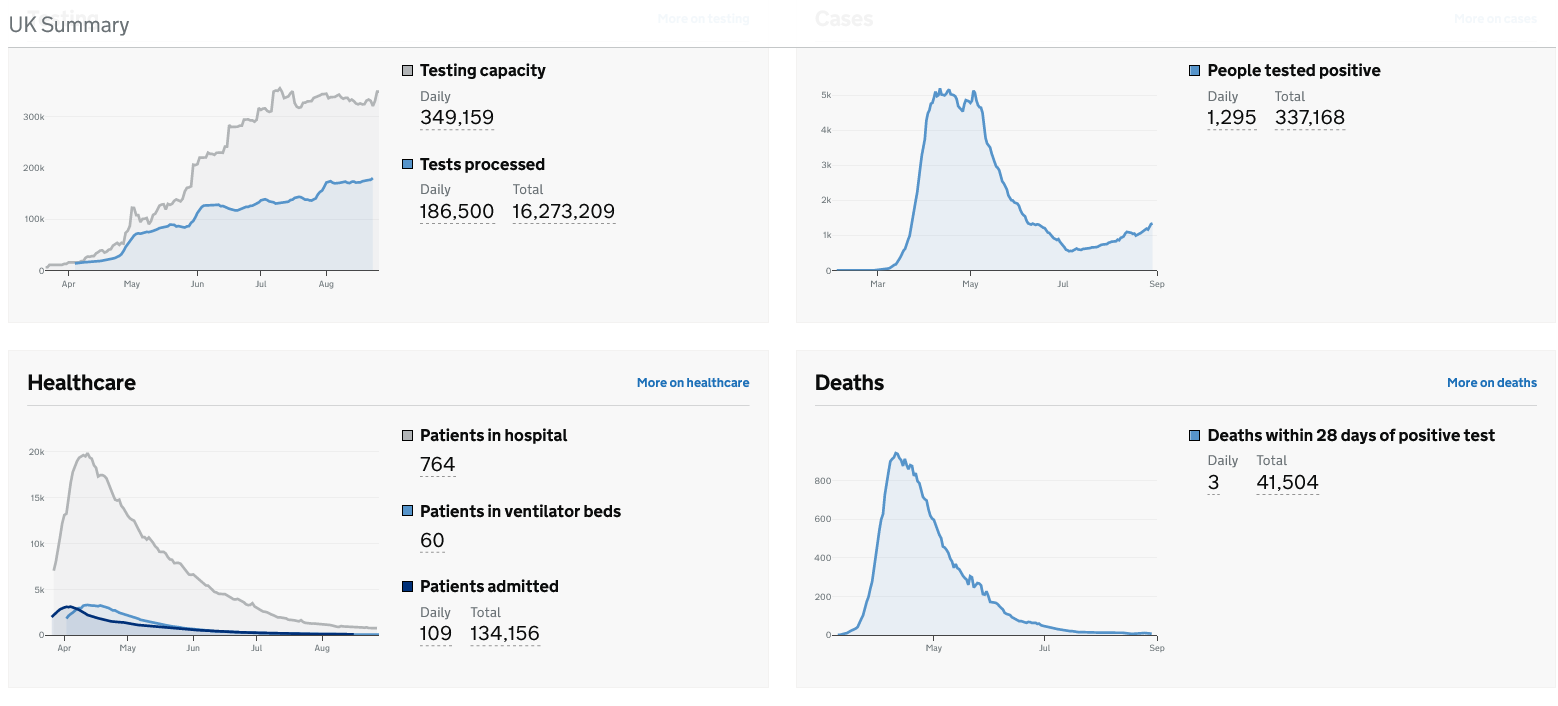2024 Winner of the Award for Statistical Excellence in Trustworthiness, Quality and Value for the Human Fertilisation and Embryology Authority Dashboard
The Human Fertilisation and Embryology Authority (HFEA) launched what is thought to be the first fertility dashboard of its kind in the world. The dashboard offers access to accurate and customisable UK-wide data dating back 30 years from the HFEA’s national fertility register in an accessible format on the HFEA website. The dashboard displays information on fertility treatments such as egg freezing and birth rates, patients, partners, donors and children born as a result of these treatments. This includes around 1.5 million IVF and 270,000 donor insemination treatments undertaken by around 665,000 patients since 1991.
Judges of the award praised this entry for the value delivered by HFEA’s work, as well as the response to user needs.
Applying the Code: Trustworthiness, Quality and Value (TQV)
The publication of the HFEA dashboard has produced Value by improving the ease of accessing our 30 years of national UK fertility register data. The dashboard enabled them to increase the breadth of data available on their website, in comparison to tables and graphs available in statistics publications, while presenting the information in a customisable and user-friendly format.
The aim of this dashboard was to make the data the HFEA holds more easily accessible and to reduce administrative work required to respond to data enquiries. The idea was based on efficiency and the benefits of improving data transparency. The dashboard was completed internally by a very small team within a year supported by a wide range of specialists within the HFEA and user testing, including initial training of the dashboard software, coming in underbudget. Following launch, around a third of data requests have been satisfied by referrals to the dashboard, with over 30,000 public views in the first two months, leading to improved team efficiency.
In demonstrating Trustworthiness, the HFEA provided caveats to data provided in the dashboard, particularly with success rates where preliminary figures are impacted by missing outcomes of treatments from clinics. The HFEA included a grey band in the figures to denote where data is preliminary and included caveats in tooltips to mark where data should be interpreted with caution, further information is available on the landing page and in the Quality and methodology report (Q&M). Planned updates and a change log are detailed on the landing page, as well as details on how patients cannot be identified from the data.
Quality of the data used from the HFEA register is ensured through validation exercises with clinics, inspections and audits. Production of data in the dashboard was quality assured by qualified staff through a multistep process documenting checks on each aspect of the data and presentation, including accessibility, scripts and verifying that data matches previously published sources. Details on limitations in the data and coherence with other publications are detailed in a Q&M report, and key limitations are additionally detailed in information icons in the dashboard.
Peter Thompson, Chief Executive of the HFEA, said:
“We’re delighted that the HFEA dashboard has won this year’s Trustworthiness, Quality & Value award. Our dashboard, which we believe to be the first of its kind in the world, is designed to provide impartial information in an easy-to-use format to help inform the many difficult decisions around fertility treatment. This award is a real tribute to the quality of work of our expert team at the HFEA and a recognition of the huge interest in UK fertility data. The HFEA will continue to build on the work recognised by this award and enable the public, clinicians and researchers to access the data we collect. Thank you to the Office for Statistics Regulation and the Royal Statistical Society for the award.”
Citations from users:
Prof Adam Balen, consultant in reproductive medicine at Leeds teaching hospitals NHS trust said:
“The new dashboard enables researchers to access data for study and patients to access information to better inform them on their fertility journey and thereby demystify some of the complexities behind the statistics of treatment outcomes.”
Other useful background
User testing was performed with patients, researchers, clinicians, staff and stakeholder organisations to ensure the dashboard could satisfy the various needs of key audiences. Improvements were made based on feedback including additions of information notes, FAQs on the landing page, and production of a two-minute animated explainer video.
The finalised dashboard also includes a link to a feedback form to ensure HFEA continue to receive input from users. Accessibility was reviewed by an external company, informing updates including improvements to keyboard-only navigation and developing dynamic alt-text.
The dashboard has been covered in numerous media publications with a focus on the dashboard’s user-friendly design and improved data transparency. Recent feedback from a patient referred to using the dashboard as a trusted source to check following meetings with clinics to see whether the rates they quoted were consistent with values displayed on HFEA’s dashboard.



